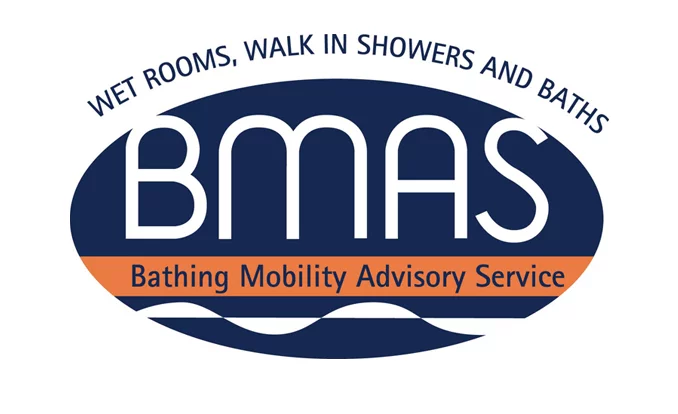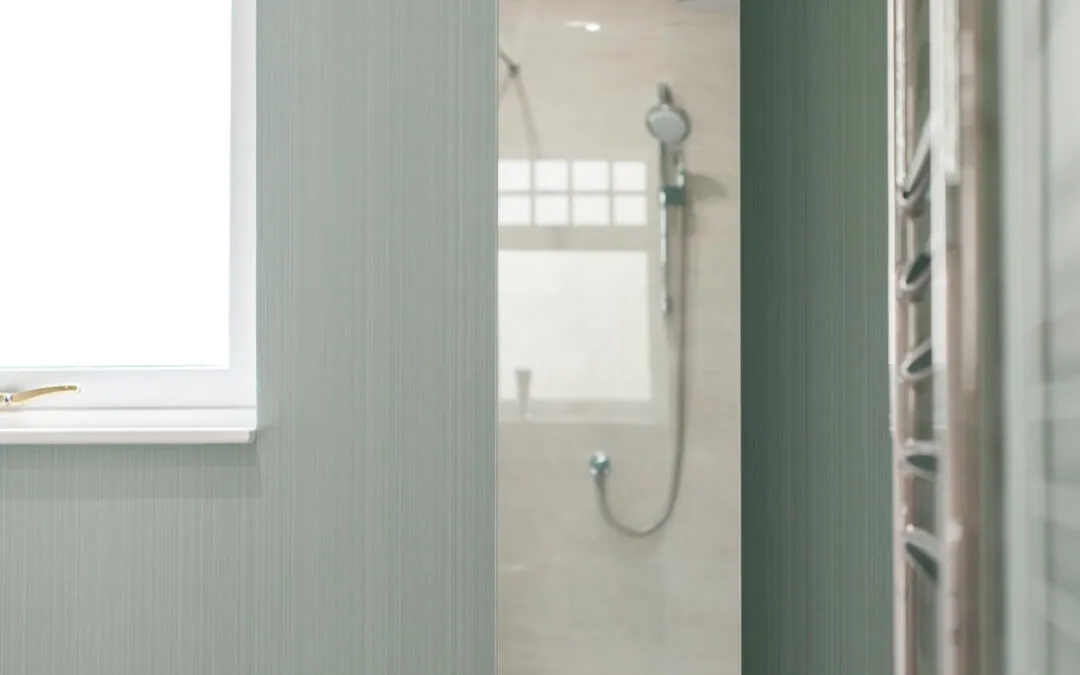Interior designers have been using mirrors for years to add an extra dimension to any room. Mirrors not only have a functional use but they can also provide extra light, colour and the appearance of extra space in smaller rooms, which is idea for smaller bathrooms. However, when planning your mobility friendly bathroom or wet room, the way you install and use your mirrors will need a bit more consideration.
Low level access
Those who struggle with mobility may find it easier to use a seat in the bathroom and those who use a wheelchair may find it impossible to stand. Therefore, the height in which you choose to hang your mirrors will need to be lower than usual to make it accessible. You may choose to fix your mirrors at a lower level or alternatively, you could make a hinged mirror part of your bathroom design when you talk to your BMAS adviser. Hinged mirrors can be moved and adjusted to be used by anyone in your new bathroom or wet room.
Other considerations
While mirrors add light and shape to a room, their height isn’t the only consideration you may need to make. People with dementia may find their reflection distressing if they do not recognise it. Therefore you may need to make sure that the mirror can be covered if necessary. This may be a similar case if your mobility friendly bathroom or wet room is being designed for someone with extreme or severe autism or other mental disabilities.

